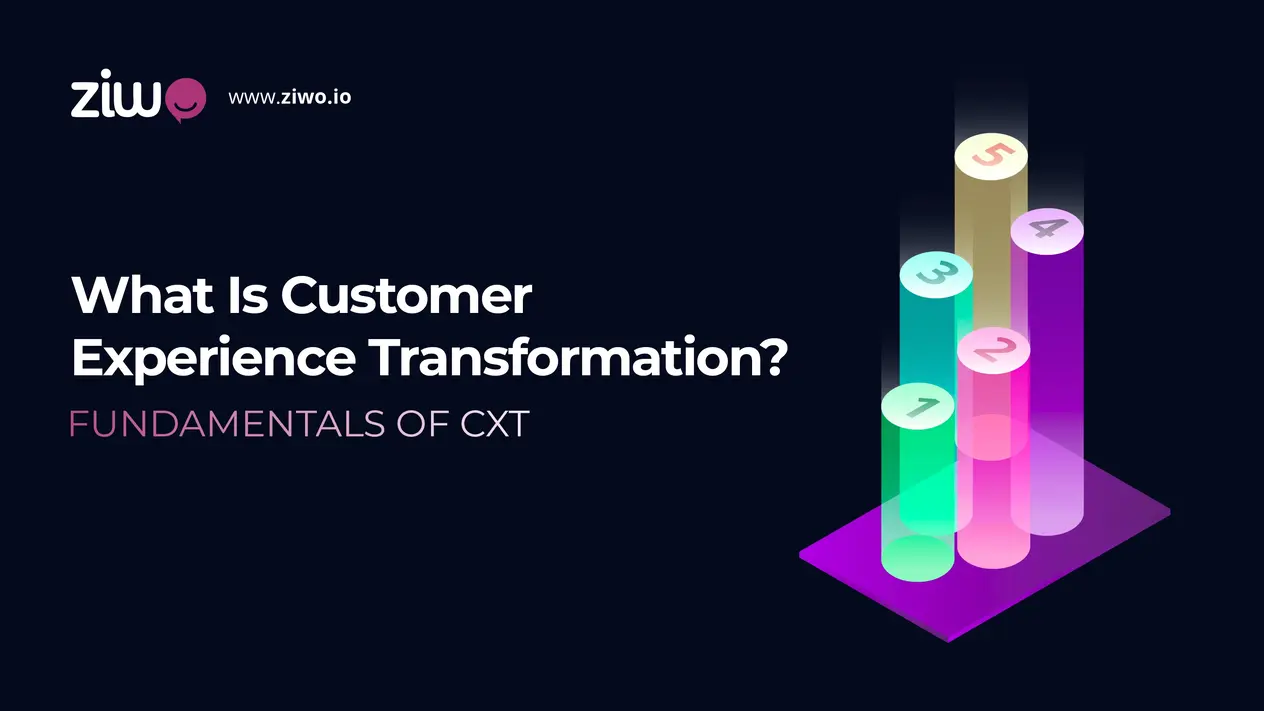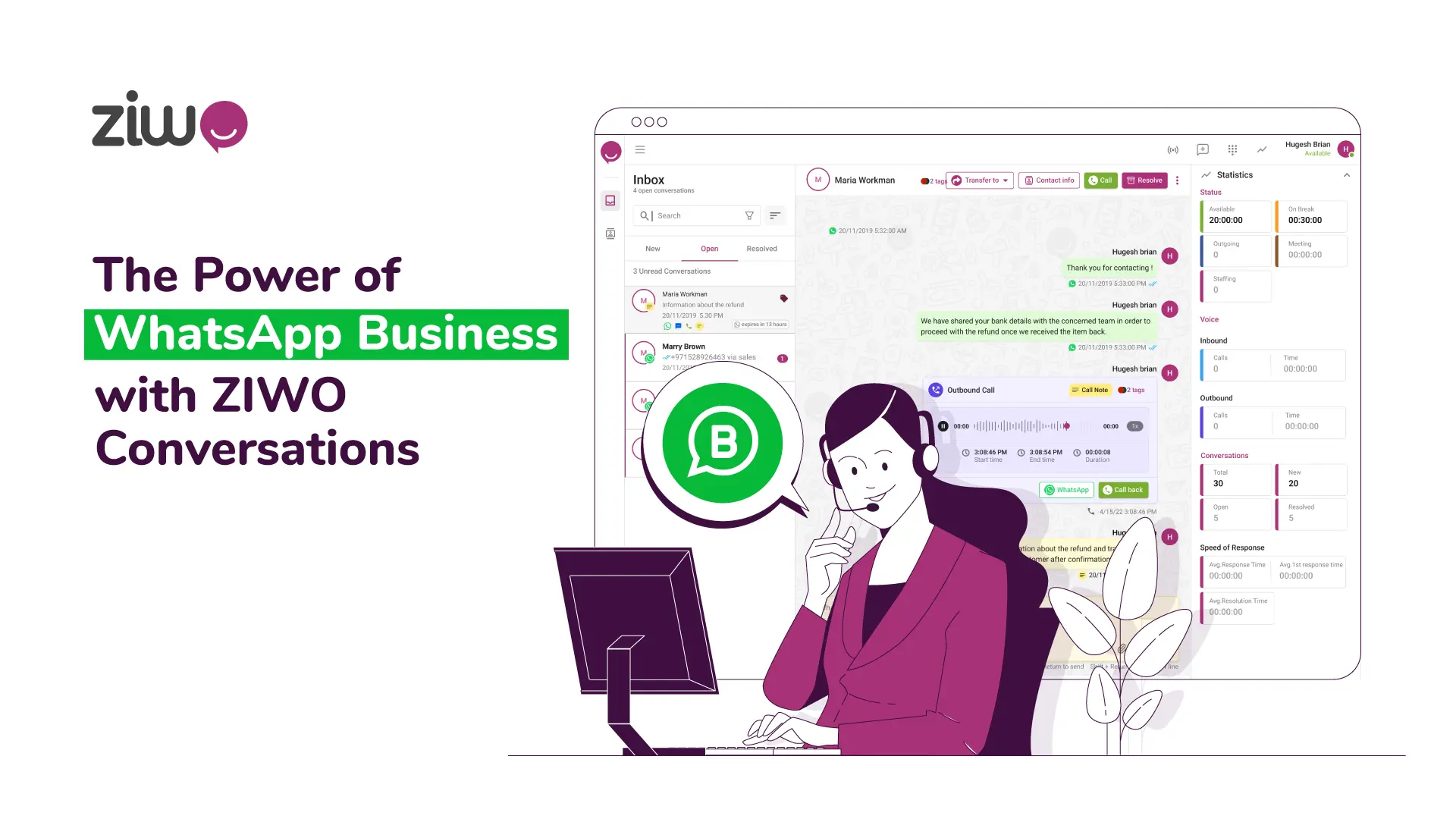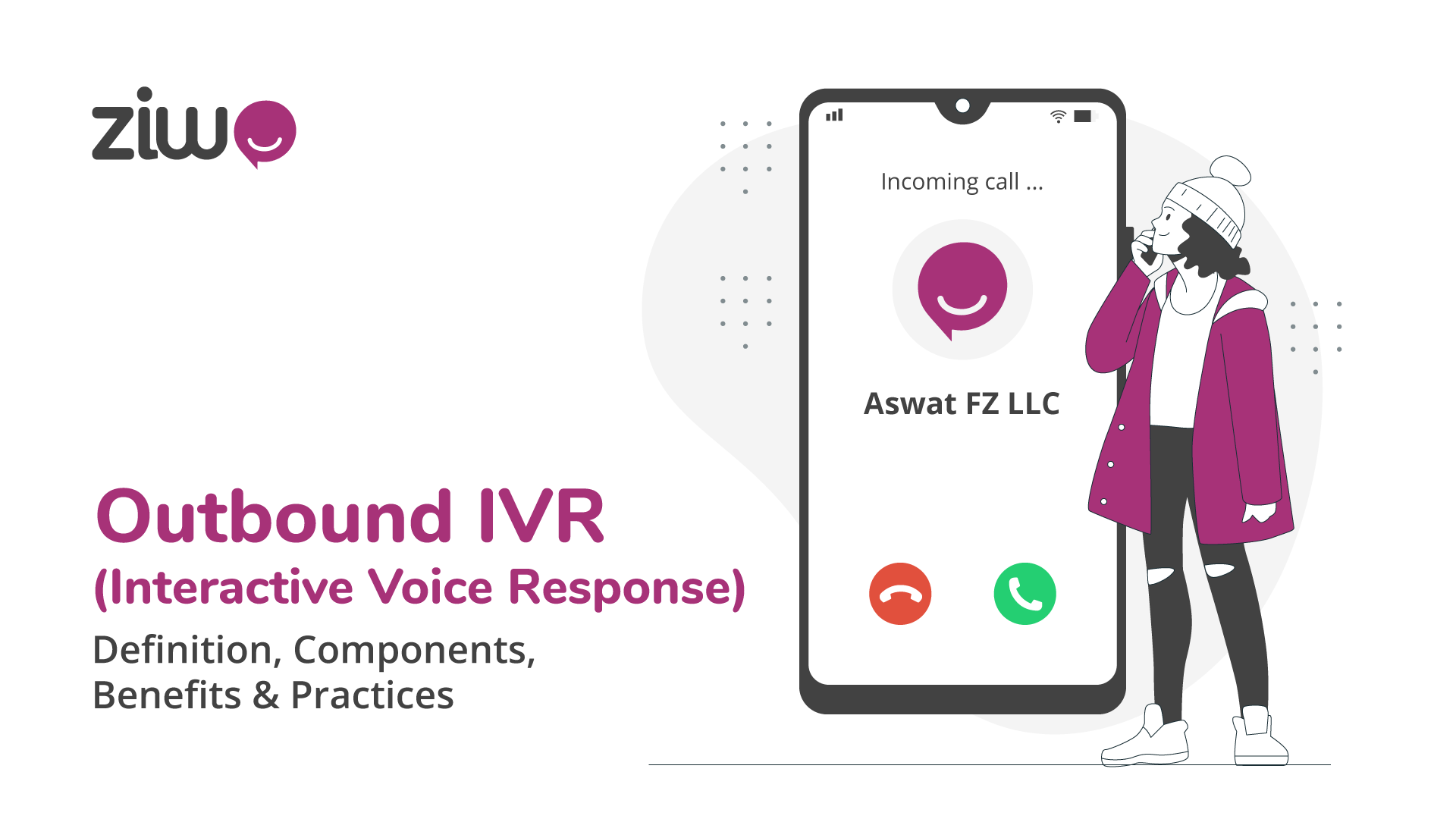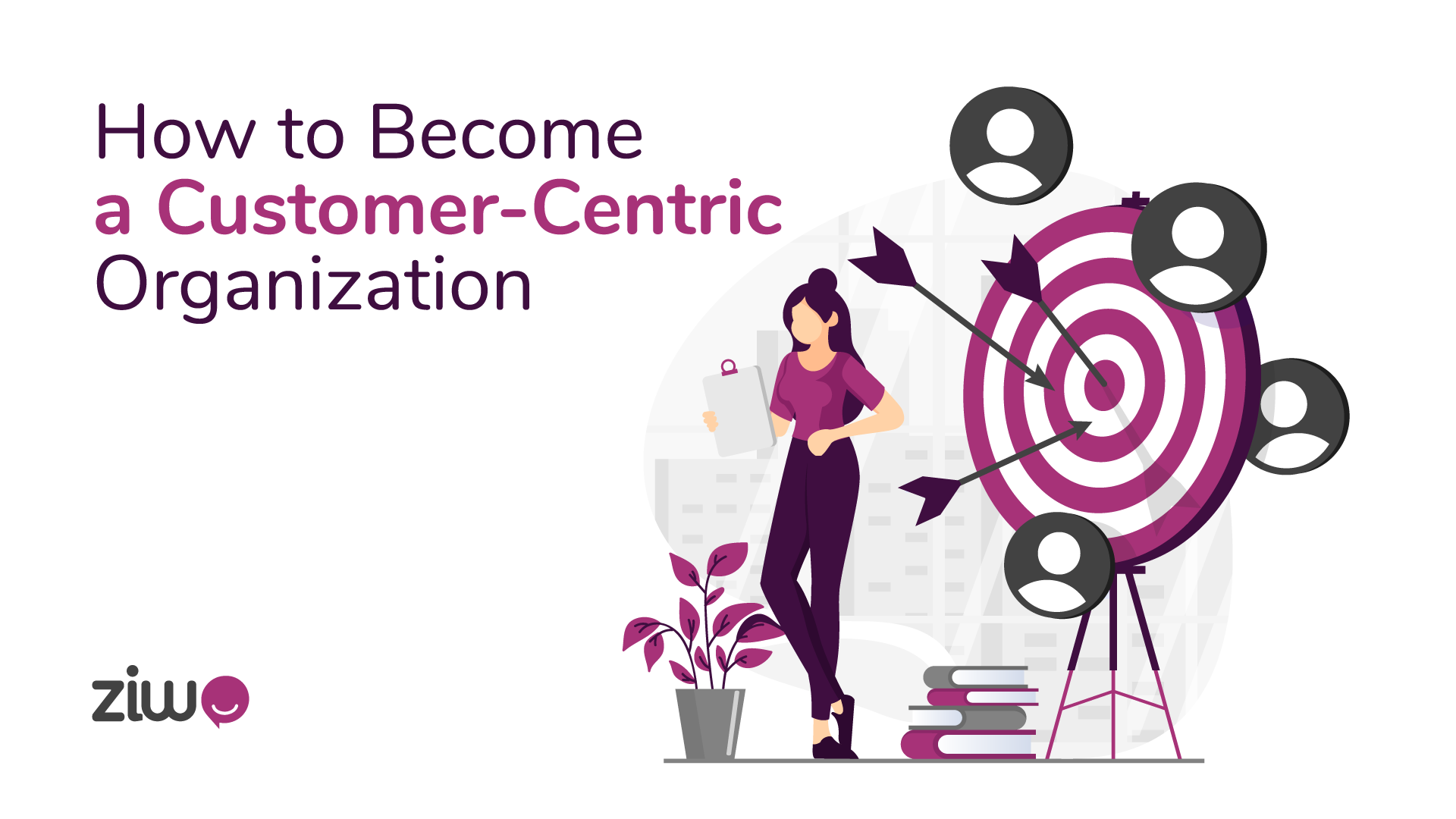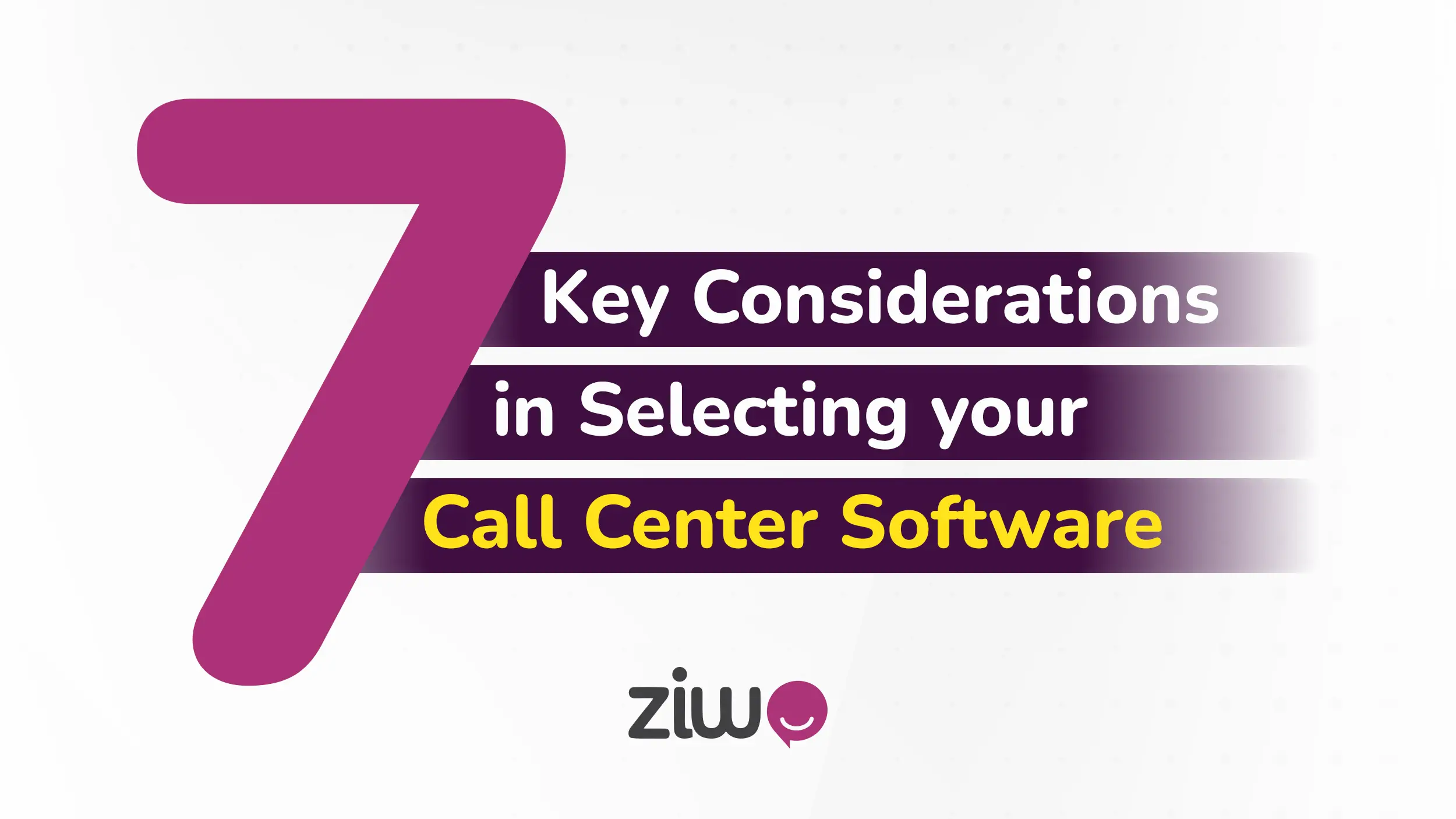
7 éléments clés à prendre en compte pour choisir un logiciel de centre d'appels
Vous vous sentez dépassé par le nombre d'appels que vous manquez chaque jour ? Ne vous inquiétez plus !
La décision de choisir un logiciel de centre d'appels1 qui soutient votre entreprise est un pas vers le soulagement et une opération plus efficace.
Si vous vous demandez "Quels sont les éléments clés à prendre en compte dans le choix d'un logiciel de centre d'appel ?", vous trouverez la réponse dans cet article.
Nous abordons le sujet sous tous les angles afin que cette décision soit positive pour votre entreprise et non un fardeau.
Devriez-vous choisir une solution de centre d'appels dans le cloud ou sur site ?
Quel est le facteur le plus important à prendre en compte ?
Est-ce le budget ? De la sécurité ? Les fonctionnalités ? Ou autre chose ?
Pour connaître la réponse à ces questions et à toute autre question qui pourrait vous venir à l'esprit, lisez l'article jusqu'à la fin !
1- Comment choisir un logiciel de centre d'appels en fonction des besoins
S'agit-il d'un logiciel de centre d'appels entrants, de centre d'appels sortants ou d'un logiciel mixte ? C'est votre premier devoir pour trouver ce qui convient le mieux à votre entreprise.
Sachez faire la différence entre les trois types et déterminez les meilleures fonctionnalités pour les besoins de votre entreprise et les cas d'utilisation.
Cependant, vous devez connaître les conditions requises pour que le centre d'appel fonctionne correctement. En outre, vous devez connaître les éléments permettant une expansion future et les options d'évolutivité.
Besoins opérationnels du logiciel de centre d'appels
Tout centre d'appels comporte trois éléments principaux : les personnes, les processus et la technologie. Les processus opérationnels du centre d'appel sont conçus à l'avance. Cela comprend la gestion du centre d'appels, le workflow automatisé, etc. Chaque type de centre d'appel moderne a ses composants de base qui doivent être pris en compte dans le budget :
- Les besoins opérationnels dans le cas d'un centre d'appel sur site: Votre siège social doit comprendre l'équipement matériel, y compris :
- Serveurs
- Systèmes PBX
- Solutions de sauvegarde de l'alimentation
- Solutions de stockage, de sauvegarde des données et de reprise après sinistre
- Ordinateurs, casques et téléphones
- Besoins opérationnels dans le cas d'un centre d'appel cloud ou d'un centre d'appel hébergé: Dans ce cas, le matériel du centre d'appel est hors site, ne fait pas partie du bureau mais est géré par une entité tierce, qui peut être un BPO ou un fournisseur SaaS B2B. La liste des besoins opérationnels de votre entreprise sera donc réduite et ne comprendra que les éléments suivants:
- Ordinateurs, casques et téléphones
- Connexion internet stable
Besoins en matière d'évolutivité et de flexibilité des centres d'appel
Avant d'envisager les besoins d'évolutivité et de flexibilité, vous devez estimer le nombre d'appels reçus, le pourcentage d'augmentation prévu du nombre de clients, les types d'interactions que les clients adoptent en fonction de leurs préférences personnelles, etc.
À un moment donné, votre centre d'appels recevra plus de plaintes à mesure que le nombre de clients augmentera, et devra également passer plus d'appels. Cela signifie que vous aurez besoin de plus de canaux pour accepter et passer des appels. Les entreprises choisissent généralement des solutions de centre d'appels dans le cloud car les solutions sur site deviennent beaucoup plus coûteuses2.
Les fonctionnalités des solutions cloud les rendent plus flexibles et plus évolutives que les autres options, il est donc beaucoup plus facile d'interagir avec les nouveaux besoins de votre entreprise. Même si vous choisissez une solution de centre de contact sur site comme première option, votre option d'évolutivité est le cloud !
La solution cloud permet également d'économiser de l'espace, car aucun nouveau matériel n'est installé, et les agents peuvent travailler de n'importe où, et non à un étage spécifique, contrairement aux solutions sur site. C'est pourquoi nous recommandons de choisir une solution de centre d'appels dans le cloud dès le début.
2- Capacités d'intégration des logiciels de centre d'appels
L'intégration des logiciels de centre d'appels devient cruciale au fil des jours. Gérer toutes les tâches liées aux clients à partir d'une seule interface devient de plus en plus nécessaire pour toute entreprise, y compris la vôtre.
Intégration de CRM et de logiciels tiers
Vous devriez choisir soit un logiciel de centre d'appels qui inclut certaines des fonctionnalités du CRM, soit un logiciel qui s'intègre au CRM.
L'intégration du CRM permet aux agents commerciaux de gérer les relations avec les clients potentiels pour les affaires en cours. Elle aide également les agents de votre service clientèle à exploiter chaque ticket émis en tant que réclamation client.
Déterminez donc les fonctionnalités dont vous avez besoin dans un CRM pour choisir le CRM parfait tout en sélectionnant votre logiciel de centre de contact. Vous pouvez également choisir un logiciel qui possède les deux fonctions.
Le CRM est le meilleur compagnon de chaque appel. L'historique du client avec l'entreprise, y compris ses activités, ses intérêts, ses achats passés (le cas échéant), etc., est stocké dans la base de données du logiciel afin que l'agent puisse traiter le client correctement. L'intégration d'un logiciel de centre d'appels par un tiers n'est donc plus un luxe3.
Accessibilité et personnalisation de l'API
Lorsqu'un client appelle votre centre d'appel ou l'un de vos agents, toutes les données relatives au client s'affichent automatiquement à l'écran. Cela ne se produit que lorsque l'API (interface de programme d'application) est intégrée à votre centre d'appels.
L'accessibilité du logiciel de centre d'appel APIs soutient les agents tout au long des différents processus et affectations. Grâce à l'API, il est facile de développer un workflows automatisé qui transfère les tâches d'un logiciel à l'autre.
Par exemple, votre équipe marketing a programmé l'envoi par courrier électronique de documents publicitaires à une liste comprenant tous les clients potentiels. Le système informe ensuite les agents que de nouveaux clients potentiels ont pris un rendez-vous téléphonique. Le client potentiel reçoit un message lui rappelant son rendez-vous. La date et l'heure de l'appel sont également enregistrées dans le calendrier de l'agent concerné.
Après l'appel, en fonction de l'état des enregistrements de l'agent sur le système, le workflows prendra les actions appropriées basées sur le plan prédéfini.
3- Fiabilité et disponibilité du logiciel de centre d'appels
La fiabilité est l'un des principaux concepts à prendre en compte lors de la sélection d'un logiciel de centre d'appels. Le logiciel peut exécuter toutes les tâches envoyées sans défaillance ; cette qualité critique permet de gagner beaucoup de temps dont vos agents ont toujours besoin, afin qu'ils puissent accomplir leurs tâches le plus rapidement possible.
D'autre part, le temps de disponibilité du logiciel de centre d'appels est proche de 99,99%, ce qui est une bénédiction pour les clients, et pas seulement pour les agents. Cela permet au client de communiquer de manière transparente avec le centre d'appel quel que soit le volume de trafic et le nombre d'appels reçus simultanément, de sorte qu'il n'a pas besoin de rappeler le centre.
4- Normes de sécurité et de conformité du logiciel de centre d'appel
Pour éviter une déconnexion soudaine, vous devez vous assurer que le fournisseur du logiciel de centre d'appels gère ses opérations en conformité avec les réglementations locales. Certaines solutions logicielles pour centres d'appels peuvent ne pas être légales localement dans certaines juridictions mais légales selon d'autres pays.
La conformité du logiciel de centre d'appel dépend des codes et réglementations adoptés par l'État pour protéger les données des clients et leur droit à la vie privée. Il est préférable que le logiciel soit conforme au GDPR.
Vous devez connaître les méthodes utilisées par le fournisseur pour crypter les données. Les méthodes appliquées sont-elles SSL, TLS et SSH ? Qu'est-ce qui garantit que les commandes sont envoyées en toute sécurité à un appareil ?
Vous devez également vérifier la sécurité du logiciel du centre d'appel et son efficacité pour garantir que toute information sensible n'a aucune possibilité de fuite ou d'exposition à toute forme de piratage, où une personne non autorisée peut accéder aux données sans permission.
De nombreuses organisations internationales, telles que l'ISO (organisation internationale de normalisation), ont délivré un certificat de sécurité, notamment la norme ISO 27001:2022, pour qualifier les fournisseurs de logiciels et de SaaS B2B comme étant conformes aux normes de sécurité. Vous devez donc vérifier ce point avec votre fournisseur.
5- Expérience utilisateur et conception de l'interface dans les logiciels de centre d'appel
Vous devez utiliser le logiciel vous-même pour déterminer dans quelle mesure la qualité de personnalisation du logiciel de centre d'appels est disponible. Créez un scénario pour chaque cas prévu et mesurez le degré de personnalisation. Vous devriez également tester l'expérience de l'agent avec le logiciel ; c'est une façon de déterminer si l'expérience utilisateur du logiciel de centre d'appel est suffisamment conviviale. L'autre façon est de voir comment la conception de l'interface du logiciel aide l'utilisateur à faire plus en moins de temps.
Une excellente conception de l'interface utilisateur d'un logiciel de centre d'appel doit présenter les qualités suivantes :
- La conception de l'interface répond aux besoins des utilisateurs débutants et avancés.
- Une interface dynamique et flexible permet aux utilisateurs de réaliser les activités à l'aide d'ordinateurs portables, d'ordinateurs de bureau, de tablettes et de smartphones.
- L'utilisateur peut effectuer toutes les activités à partir de la même fenêtre.
- L'interface fournit de l'aide et de l'assistance à chaque fois que l'utilisateur en a besoin.
- Elle prend en charge l'automatisation des workflows et facilite l'exécution des tâches de routine.
- L'interface doit aider les utilisateurs à reconnaître facilement les opérations effectuées et les fonctions disponibles.
- L'interface doit aider l'utilisateur à planifier ses activités quotidiennes et à les réaliser dans les délais prévus.
6- Évaluation de l' assistance et du service à la clientèle
Le fournisseur de logiciel de centre d'appels doit fournir une assistance technique 24 heures sur 24 et 7 jours sur 7, de sorte que lorsque votre entreprise est confrontée à un problème, les appels entrants ne sont pratiquement pas affectés par le problème. En outre, le fournisseur de SaaS B2B offre une base de connaissances qui soutient le parcours de l'utilisateur grâce à des manuels étape par étape, des blogs, des FAQ, etc.
L'un des objectifs de l'assistance à la clientèle est de vous permettre de résoudre le problème le plus rapidement possible. L'un des objectifs de l'assistance à la clientèle est également de vous permettre de résoudre le problème le plus rapidement possible. C'est pourquoi le fournisseur propose à l'utilisateur des options de libre-service qui vous permettent de résoudre le problème vous-même, en toute simplicité.
Vous devez également déterminer les canaux disponibles que le fournisseur propose pour que vous puissiez communiquer avec lui, et si ces canaux vous conviennent.
Essayez d'examiner les témoignages et de connaître le temps de réponse moyen dont ce fournisseur a besoin pour que l'un des agents du service d'assistance à la clientèle puisse vous parler. Le taux de résolution au premier contact est un autre indicateur que vous devriez prendre en compte, afin d'évaluer le nombre de fois où les problèmes sont résolus dès le premier contact.
7- Analyse descoûts et considérations budgétaires
Dans cette section, nous discutons de la planification du budget du logiciel de centre d'appels traitant des deux types de logiciels de centre d'appels ; cloud et sur site. Il est temps d'explorer la rentabilité.
Si vous avez l'intention de mettre en place un logiciel de centre d'appel sur site, les coûts moyens globaux seront les suivants (pour un centre d'appel à 1 serveur et 5 utilisateurs) :
| Élément | Éléments | Coûts (USD) | Sous-total (USD) |
| Serveur | UNITÉ CENTRALE | 900 | 10500 |
| Disque dur | 250 | ||
| RAM | 350 | ||
| Alimentation électrique | 100 | ||
| Système d'exploitation - Windows Server OS | 225 | ||
| SQL | 900 | ||
| Exchange | 2350 | ||
| SharePoint | 1700 | ||
| Citrix | 1700 | ||
| Solution de sauvegarde | 2,000 | 2,000 | |
| Batterie APC | 1,500 | 1,500 | |
| Licences Microsoft Server | 950 | 950 | |
| Licences Microsoft pour les utilisateurs | 42/utilisateur | 210 | |
| Licences Microsoft SQL | 209/utilisateur | 1,045 | |
| Frais d'installation | 5,000 | 5,000 | |
| Matériel (téléphone, casque, ...) | 50 | 250 | |
| Total des frais | 21,455 | ||
Dans le cas d'un logiciel de centre d'appels cloud pour un centre de 5 places, les frais moyens globaux, qui dépendent surtout du nombre d'utilisateurs, seront les suivants :
| Poste | Coûts (USD) | Sous-total (USD) |
| Logiciel de centre d'appel | 82 | 410 |
| Matériel (téléphone, casque, ...) | 50 | 250 |
| Internet professionnel | 165 | 165 |
| Infrastructure de réseau (routeurs, pare-feu, etc.) | 2,000 | 2,000 |
| Outils de sécurité des données (partage de mots de passe, sauvegarde et récupération, etc.) | 60 | 300 |
| Total | 3,125 | |
Si vous êtes à la recherche d'un logiciel de centre d'appels très efficace à des prix inférieurs à la moyenne, consultez les prix de Ziwo.
Protéger la technologie de votre centre d'appel pour l'avenir
Si vous vous demandez "Comment choisir un logiciel de centre d'appel", nous pensons que nous avons correctement répondu à cette question. Maintenant que vous avez choisi la solution adéquate, qu'en est-il de l'avenir ?
Comme nous l'avons mentionné précédemment, pour assurer l'avenir de votre centre d'appels, le logiciel doit inclure des outils intelligents qui facilitent les opérations et l'automatisation des workflows. Outre les outils intelligents, le logiciel de centre d'appels doit couvrir les canaux de communication préférés de vos clients. Le meilleur choix est celui du fournisseur qui propose des mises à jour et des mises à niveau périodiques et qui augmente le nombre d'applications auxquelles le logiciel s'intègre. Choisissez donc le logiciel qui garantit l'expansion et la croissance.
Conclusion : Prendre une décision en connaissance de cause
Au cours de notre voyage pour répondre à la question "Comment choisir un logiciel de centre d'appel", nous avons illustré plusieurs aspects du sujet. Les principaux éléments à prendre en compte dans le choix d'un logiciel de centre d'appels sont les besoins opérationnels, l'analyse des coûts, les qualités accompagnant l'expérience utilisateur, la sécurité, le temps de fonctionnement et la capacité du logiciel à être intégré dans un système de gestion de la relation client. Maintenant que vous avez une vue d'ensemble, vous êtes prêt à faire un choix judicieux !
Références bibliographiques
1 - Logiciels de centres d'appels basés sur le cloud et sur site :
¹ Middleton, C., & Longford, G. (2016). Internet et les télécommunications : The Transformation of Voice Services. MIT Press.
² Marston, S., Li, Z., Bandyopadhyay, S., Zhang, J., & Ghalsasi, A. (2011). Cloud Computing-The Business Perspective (L'informatique en nuage - la perspective des entreprises). Decision Support Systems, 51(1), 176-189.
2 - CRM et intégration de logiciels tiers :
³ Levin, D. (2017). Les systèmes IVR dans les centres d'appels modernes : Automation and Customer Experience. McGraw-Hill.

